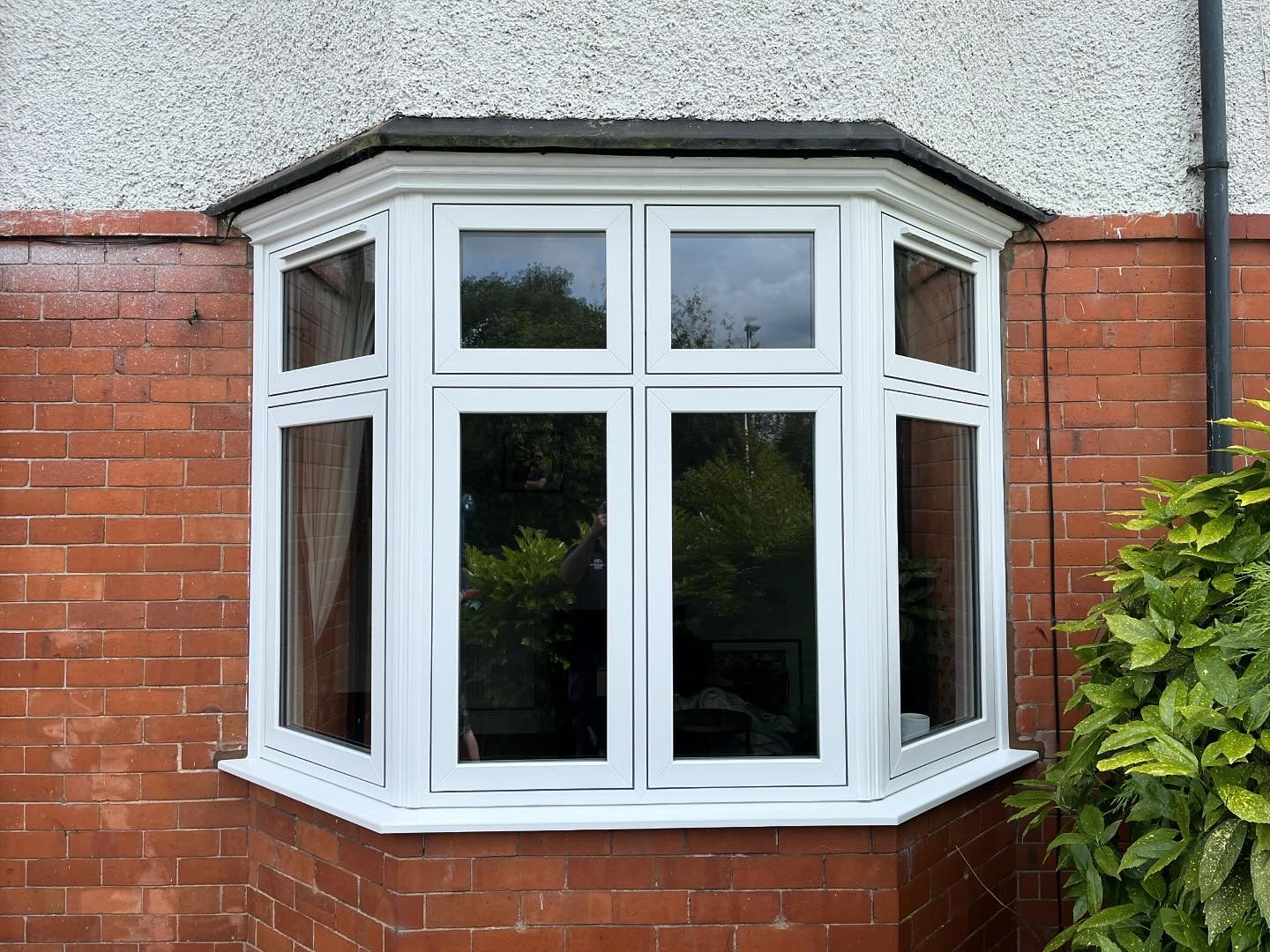Double glazing refers to the use of two panes of glass in a window or door, separated by a space filled with air or gas, to provide improved insulation and energy efficiency. This technology has gained popularity in residential and commercial buildings alike due to its numerous benefits, including enhanced thermal performance, noise reduction, and increased security. In this article, we will explore the advantages of double glazing, the various types available, and the installation process.
Benefits of Double Glazing
- Energy Efficiency: One of the primary reasons homeowners opt for double glazing is its energy efficiency. The space between the two glass panes acts as an insulating barrier, reducing heat loss during winter and keeping homes cooler in summer. This can lead to significant savings on heating and cooling bills, making double glazing an investment that pays for itself over time.
- Noise Reduction: Double glazing is also effective in minimizing external noise. The two layers of glass, combined with the air or gas layer, act as a sound barrier, making homes quieter and more comfortable. This is particularly beneficial for those living in urban areas or near busy roads.
- Increased Security: Double-glazed windows are harder to break than single-pane windows, providing an additional level of security for homes. The durability of double glazing can deter potential intruders, making it a popular choice for homeowners looking to enhance their property’s safety.
- UV Protection: The double glazing system can help protect furniture, flooring, and artwork from harmful ultraviolet (UV) rays. By blocking a significant percentage of UV radiation, double glazing helps maintain the integrity of interior spaces, preventing fading and damage over time.
- Condensation Reduction: Double glazing can help reduce condensation on windows. The inner pane of glass remains warmer than a single-pane window, minimizing the likelihood of moisture buildup that can lead to mold and mildew growth.
Types of Double Glazing
Double glazing comes in various forms, each tailored to specific needs and preferences:
- Standard Double Glazing: This is the most common type, consisting of two panes of glass separated by a spacer bar and filled with air or argon gas. Standard double glazing is suitable for most residential applications.
- Low-E Double Glazing: Low-emissivity (Low-E) glass has a special coating that reflects heat back into the room while allowing natural light to enter. This type of glazing is highly energy-efficient and is ideal for homes in colder climates.
- Acoustic Double Glazing: Designed specifically to reduce noise pollution, acoustic double glazing features thicker glass panes or special interlayers that absorb sound. This is perfect for properties located in noisy environments.
- Triple Glazing: Although technically not double glazing, triple glazing comprises three panes of glass and offers even greater insulation and noise reduction. It is often used in extremely cold climates or for passive houses.
- Self-Cleaning Double Glazing: This innovative glazing features a special coating that breaks down dirt and grime when exposed to sunlight, allowing rainwater to wash it away. This reduces maintenance and keeps windows cleaner for longer.
Installation Process
The installation of double glazing is a significant home improvement project that should be carried out by professionals to ensure optimal performance and longevity. Here’s an overview of the installation process:

- Assessment: A qualified installer will first assess the existing windows and discuss the homeowner’s preferences and requirements. This step is crucial for determining the right type of double glazing and the best approach for installation.
- Measurement: Accurate measurements are taken to ensure that the new double-glazed units fit perfectly within the existing frames or new frames if required. This step is vital to avoid issues such as drafts or water leaks.
- Removal of Old Windows: If replacing existing windows, the installer will carefully remove the old units. This process must be done with care to avoid damaging the surrounding structure.
- Preparation: The installer will prepare the window frames, ensuring they are clean, dry, and free of any rot or damage. Any necessary repairs will be made at this stage.
- Installation of Double Glazed Units: The new double-glazed units are installed, ensuring they are level and secure. Proper sealing is essential to prevent air and water infiltration.
- Finishing Touches: Once the units are installed, the installer will finish the job by applying trim or seals as needed. They will also clean the new windows and ensure everything is functioning correctly.
- Post-Installation Check: After installation, the installer will conduct a final inspection to ensure that the windows are properly sealed and functioning as intended. Homeowners should be informed about how to care for and maintain their new double glazing.
Maintenance of Double Glazing
While double glazing is designed to be durable and low-maintenance, some care is needed to ensure optimal performance. Regular cleaning of the glass surfaces will help maintain visibility and aesthetics. Homeowners should also check the seals and frames periodically for any signs of wear or damage. If condensation forms between the panes, it may indicate a failure in the seal, necessitating professional assessment and potential replacement.
Conclusion
Double glazing is an effective solution for enhancing energy efficiency, reducing noise pollution, and increasing the security of homes. With various types available, homeowners can choose the best option to suit their needs and preferences. The installation process, while straightforward when handled by professionals, requires careful planning and execution. By investing in double glazing, homeowners can enjoy a more comfortable living environment and potentially lower energy costs, making it a worthwhile consideration for any property. As energy efficiency and sustainability continue to be a priority in modern construction, double glazing remains a key feature in creating homes that are both functional and environmentally friendly.








